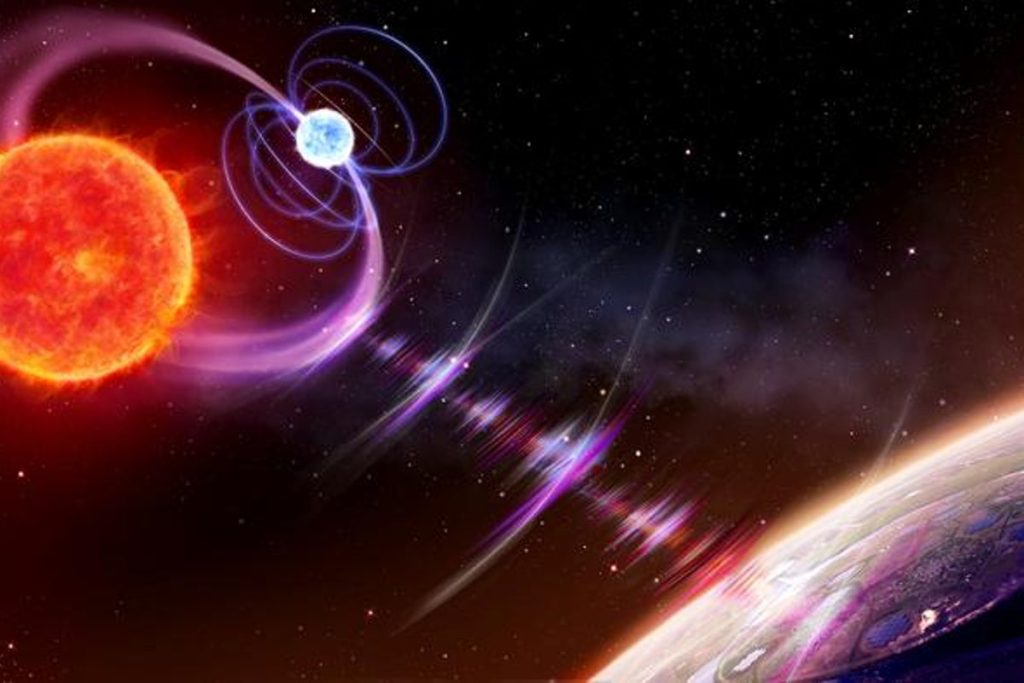Your support helps us tell the story
From reproductive rights to climate change to large technology, independent on the ground when the story develops. Whether you are investigating the financial statements of Pac Pac or the production of our latest documentary films, “The Word”, which shines light on American women who are fighting for reproductive rights, we know how important it is to analyze facts from the correspondence.
At this critical moment in the history of the United States, we need correspondents on the ground. Your donation allows us to continue to send journalists to speak to both sides of the story.
Independents are trusted by Americans all over the entire political spectrum. Unlike many other quality news means, we choose not to remove the Americans from preparing our reports and analyzes using Paywalls. We believe that quality journalism should be available to everyone, and pay for it by those who can bear its costs.
Your support makes all the difference.
The mysterious radio pulses come from an unprecedented place before.
For a decade, there was something that sent explosions from radio emissions about us every two hours, almost from the large Dberberry constellation.
But working for those years using multiple telescopes has finally revealed where you came from. Long radio explosions seem to be emitted by a pair of dead stars, and researchers believe.
Scientists believe that the two stars – a red dwarf and a white dwarf – are so tightly around each other that their magnetic fields interact with each other. When they collide together, each two hours, it sends an explosion of radio signals.
Previously, astronomers follow only long radio pulses to neutron stars. But the new study suggests for the first time that it can come from the movement of stars that are being imprisoned together in a binary system as well.
These pulses are short flashes of radio signals that can continue anywhere between seconds and minutes. It is closer to – but it is a little different from the fast radio, and it is a similar phenomenon that enchants astronomers and is still mysterious.
“The radio pulses are very similar to FRBS, but each of them has different lengths,” Kilpatrick said. “The legumes have much lower energies than FRBS and usually last for several seconds, unlike the FRBS that lasts milliliters. There is still a major question about whether there is a continuous series of organisms between long radio and FRBS, or if they are distinct groups.”
The work was described in a new paper, “intermittent radio pulses of a white dwarf duo in the tropical period”, published in the magazine Nature astronomy.








More Stories
An exercise that exhausts myelin brain, but it is completely recovered
The neutrons shrink, and this is a good thing for physics
By diving at the bottom of the lake, this robot discovered a mystery that baffles scientists